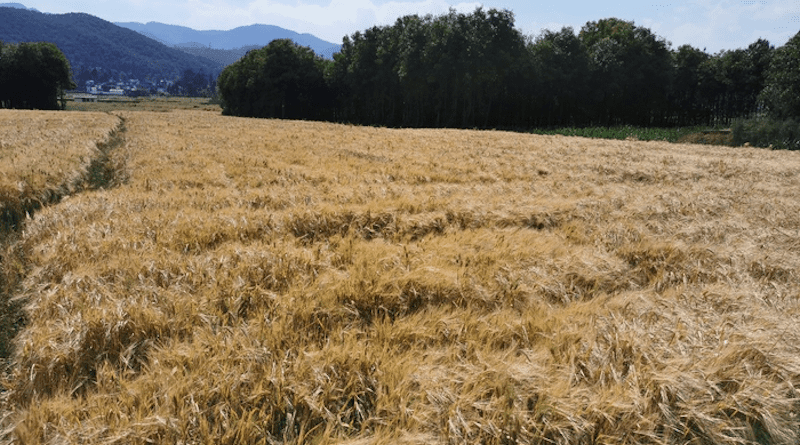Meteorological Mechanisms Behind Severe Drought In Southwestern China During Spring 2021 Differ From Similar Historical Events
Southwestern China (SWC) is a region on the southeastern side of the Tibetan Plateau, in which both southwesterly and southeasterly winds influence weather patterns during the summer monsoon period. Spring drought before the onset of the summer rainy season is common throughout SWC, which threatens local ecology, agriculture, and economic balance.
Due to the combined effects of deficient precipitation and high evaporation during the spring of 2021, SWC experienced extreme drought. To determine the meteorological mechanisms behind this severe season, international collaborators from world-renowned universities and research centers studied this extreme drought event. They found that climatic conditions during the extreme 2021 spring drought throughout SWC were distinct from similar historical events. Researchers published their full analysis in Advances in Atmospheric Sciences.
“This drought occurred in the decaying phase of a La Niña event with negative geopotential height anomalies over the Philippine Sea, which is distinct from the historical perspective.” said lead author Dr. Yunyun Liu from China Meteorological Administration. “Historically, spring drought over SWC is often linked to El Niño and strong western North Pacific subtropical high.”
Liu and her collaborators showed that the extreme drought in the spring of 2021 may be mainly driven by the atmospheric internal variability and amplified by the warming trend. Specifically, increased evaporation due to anomalous high temperatures contributed to about 30% of what made the drought so severe, with the contributions of its linear trend portion being nearly 20%, and the interannual variability portion being about 10%.
Dr. Zeng-Zhen Hu, a researcher with the National Centers for Environmental Prediction (NCEP) at NOAA in the United States further commented: “Since the sea surface temperature forcing from the tropical central and eastern Pacific played a minor role in the drought, it was challenging for a climate model to capture the 2021 SWC drought beyond one-month lead times.” Hu said, “Nevertheless, this study demonstrated a significant global climate warming impact on regional climate extreme events. Such an impact might be intertwined with complex ocean-land-atmosphere interactions.”
In addition, this study implies that a nonlinear relationship may exist between the SWC drought and tropical Pacific SST anomalies. Both El Niño and La Niña events can lead to drought in SWC through different mechanisms. The research team recommends further investigation through diagnosis and model experiments.

